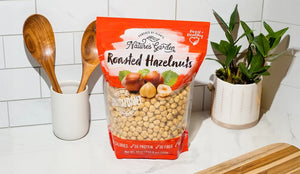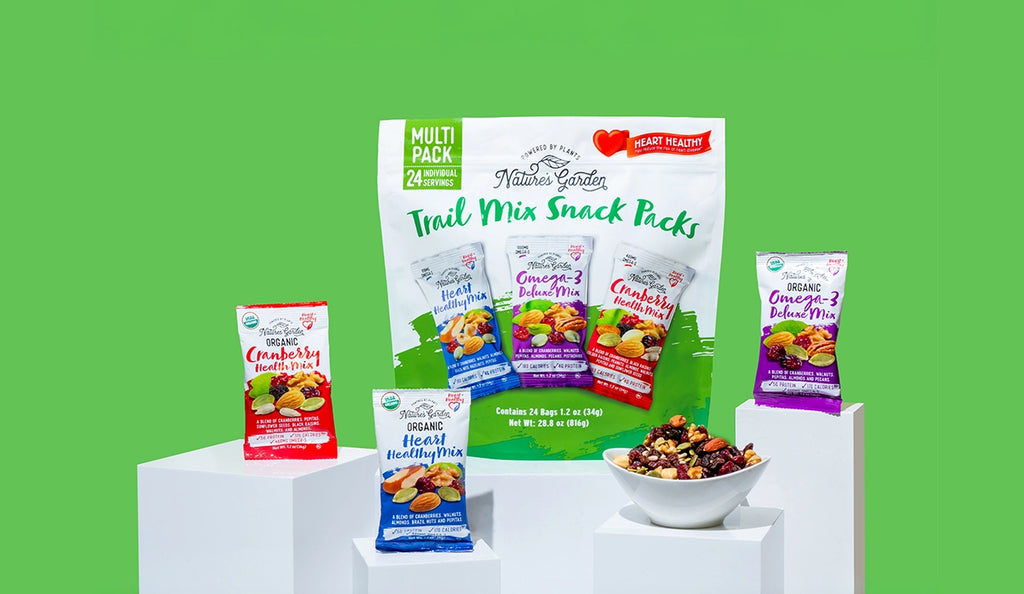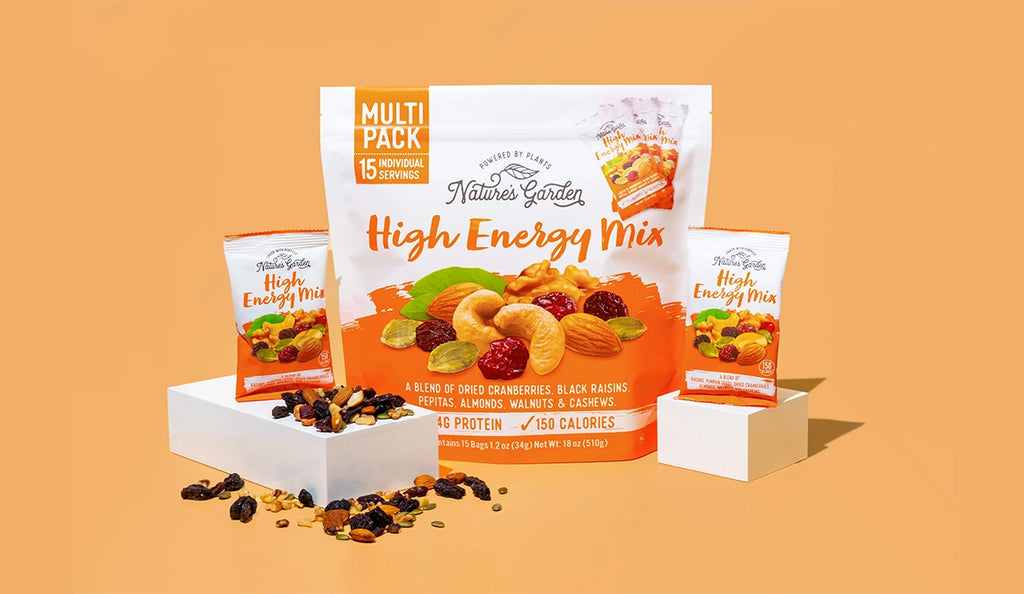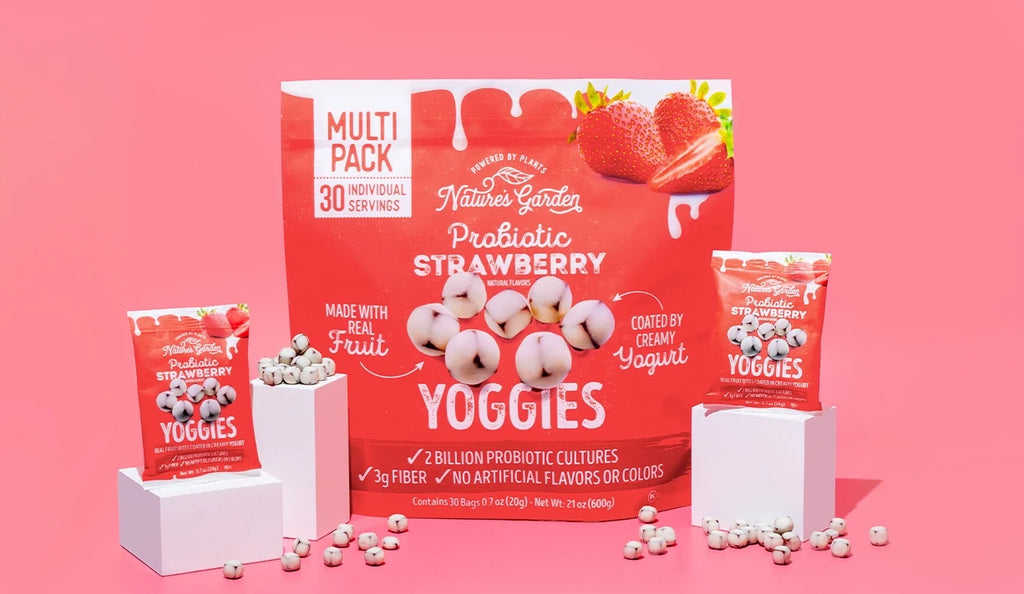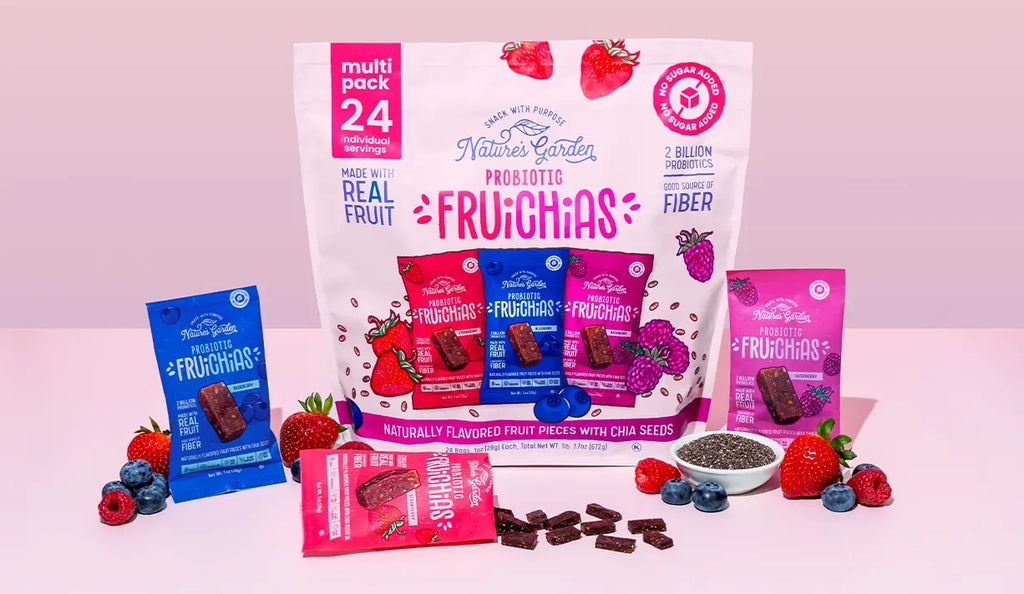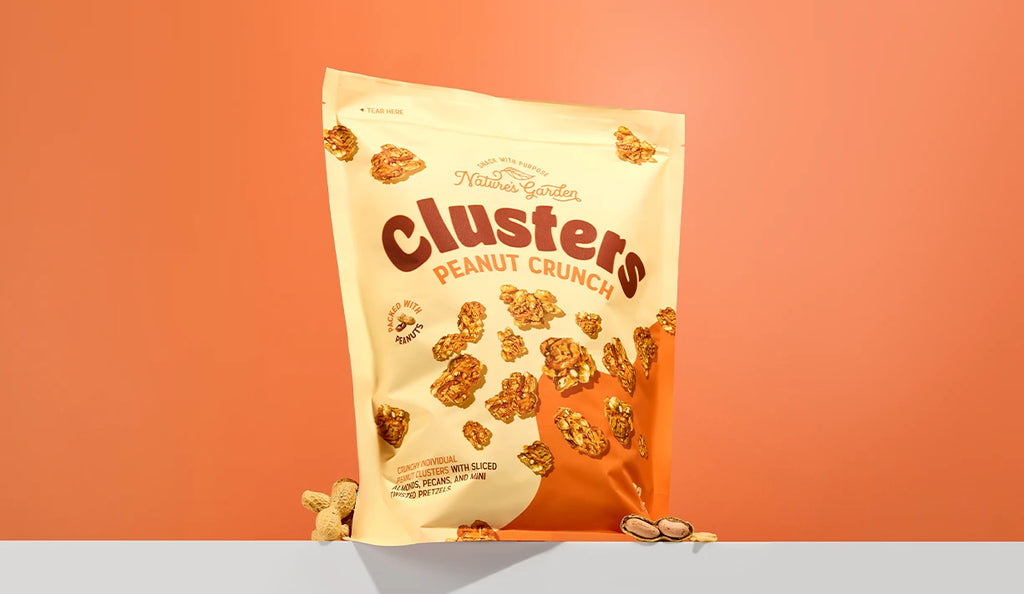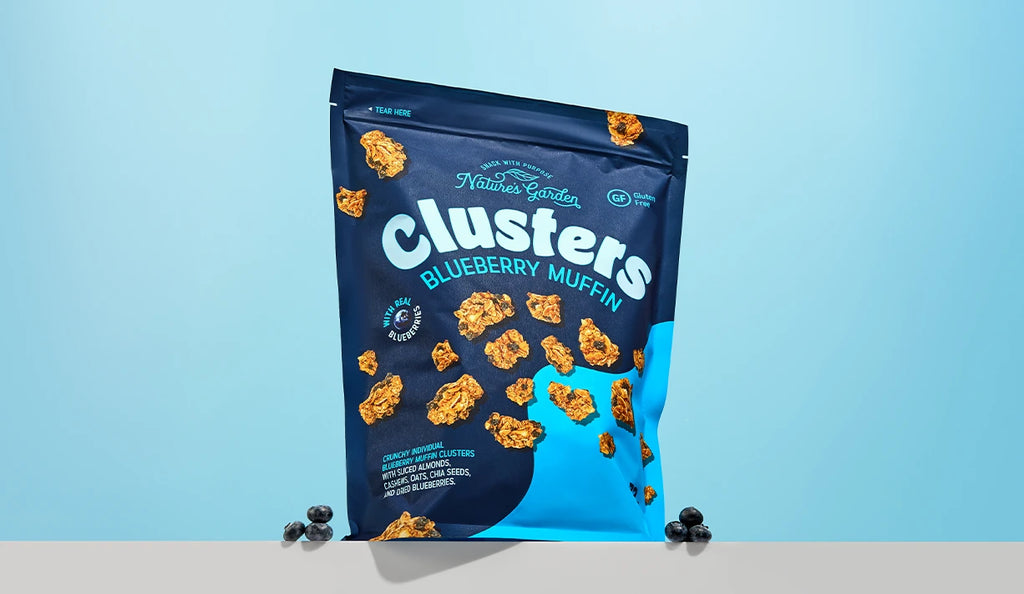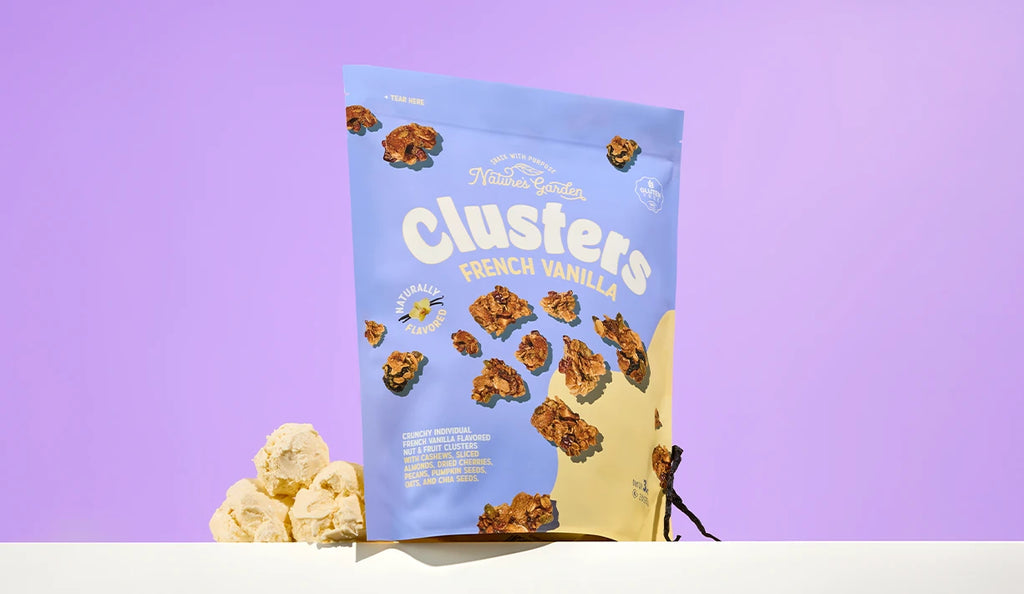Nuts are an important source of omega-3 fatty acids and can help give your infant a strong start in life. Read on to learn how to introduce nuts to your baby safely. We explain how to reduce the risk of choking and allergic reactions and provide tasty ways to share a variety of nuts with your kids.
Why Nuts Are a Great Food for Babies
Babies need foods rich in calories and nutrients to support their growth and development. The USDA's Dietary Guidelines for Americans recommends that children between 6 and 23 months of age eat foods from each food group.
Nuts provide your child with protein, zinc, choline, and polyunsaturated fatty acids. They're an excellent source of omega-3 and omega-6 fatty acids, especially important in a child's first couple of years when their brains are developing rapidly.
When Can Babies Eat Nuts?
Nuts can be introduced whenever your baby begins to eat solids. This includes peanuts, which are a legume, and tree nuts, including almonds, cashews, walnuts, pecans, Brazil nuts, and pistachios. There's no particular order for introducing nuts, but it's best to serve one at a time, waiting 3-5 days between new foods to monitor for allergies.
The Dietary Guidelines also suggest introducing potentially allergenic foods in the first 6-12 months of life to reduce the risk of food allergies when kids are older. According to the National Institutes of Health, children who consumed peanut products regularly from infancy to 5 years of age were 81% less likely to develop a peanut allergy at age 5.
Babies with severe eczema are at a higher risk of developing food allergies. Ask your health care provider for guidance. They may suggest babies with eczema eat peanuts as early as 4-6 months of age.
How to Introduce Nuts to Your Baby
While older children and adults can grab a handful of trail mix to get the health benefits of mixed nuts, whole nuts are a choking hazard for children below 5. You can use the following techniques to prepare the nuts for your baby:
Ground Nuts
Nuts for infants should be ground finely for safe swallowing. You can find ground nuts in the baking aisle at the grocery store, or you can crush them at home. Choose unsalted and raw or lightly roasted nuts:
- For a small portion, crush several nuts with a mortar and pestle.
- For a larger batch, break the nuts down in a coffee grinder or food processor.
Nut Butters
Nut butters are another baby-friendly option. To make it easier for your baby to eat nut butters:
- Mix a couple of teaspoons of smooth nut butter with 2-3 teaspoons of breast milk or water.
- Stir until the nut butter reaches a thin consistency that's easy to swallow.
- Offer thinned nut butter on a spoon or mix it with soft foods.
Tips for Feeding Your Baby Nuts
You might find it nerve-wracking to give your baby nuts for the first time, but it's no different than introducing other foods. Follow best practices for transitioning your baby to solids.
Here are some tips to help you serve nuts to your little one with confidence:
- Mix ground nuts and nut butters with foods your baby has tried and tolerated, such as baby cereal, yogurt, and purees.
- Combine nuts with different foods to expose your child to various flavors and textures.
- Ensure the consistency of the foods is suitable for your baby's developmental stage. For example, you might give mashed banana with ground nuts to an infant, and banana slices with nut butter to a toddler who's better able to chew.
- Feed your baby nuts for the first time at home, rather than in public places like a restaurant or daycare, so you can watch for allergic reactions.
Ideas for Baby-Friendly Nut Recipes
There's a whole world of nuts for your baby to discover, each with a unique taste profile. Below are baby-friendly combinations to get you started.
Almonds
- Flavor: Mild and sweet
- Try ground almonds with: Apple, pear, or peach purees
- Combine almond butter with: Rice cereal
Peanuts
- Flavor: Rich and savory
- Try ground peanuts with: Butternut squash or sweet potato purees
- Combine peanut butter with: Mashed or sliced bananas
Cashews
- Flavor: Sweet and creamy
- Try ground cashews with: Broccoli or zucchini purees
- Combine cashew butter with: Mashed or baked pears or apples
Walnuts
- Flavor: Bold and earthy
- Try ground walnuts with: Mashed carrot or pumpkin
- Combine walnut butter with: Yogurt or cottage cheese
Pecans
- Flavor: Buttery and delicate
- Try ground pecans with: Mashed avocado, parsnips, or plums
- Combine pecan butter with: Oatmeal or wheat cereal
Hazelnuts
- Flavor: Rich and sweet
- Try ground hazelnuts with: Chocolate mousse
- Combine pecan butter with: Blueberry or pear purees
Pistachios
- Flavor: Nutty and fresh
- Try ground pistachios with: Strawberry, cherry, or cauliflower puree
- Combine pistachio butter with: Barley porridge
When Can Toddlers Eat Nuts?
Toddlers can eat nuts from the age of 6 months, but you should avoid feeding them whole nuts until they're around 5 years old. As children over the age of 2 years have more chewing skills than infants, they can usually handle thicker nut butters and small pieces of chopped nuts. Try spreading nut butter on small squares of bread or mixing a handful of chopped walnuts into pancakes for your toddler.
Another option is to add nuts into soft baked goods like muffins and offer your child small, easy-to-hold pieces. Chop nuts and dried fruit finely before mixing them into the batter to reduce the risk of choking. Our Morning Glory Muffins use Nature Garden's Omega-3 Deluxe Mix, which includes pistachios, walnuts, almonds, and pecans.
Nature's Garden can help keep the whole family nourished, from the smallest snackers to the hungriest grown-ups. Our collection of delicious, wholesome snacks can fuel your family with goodness.
